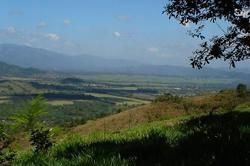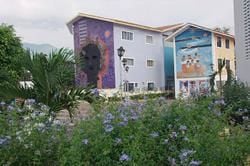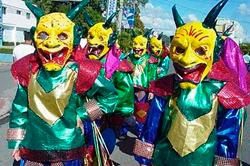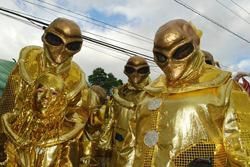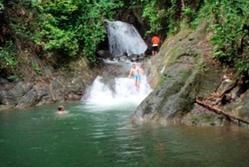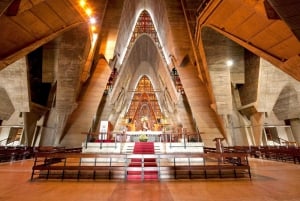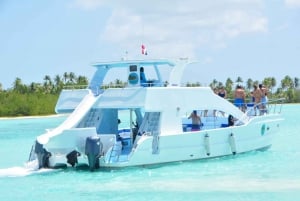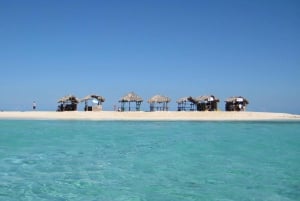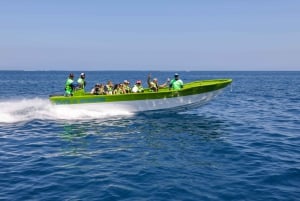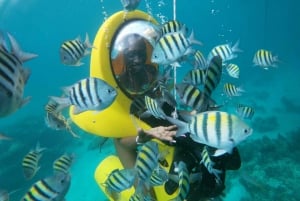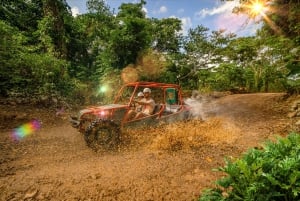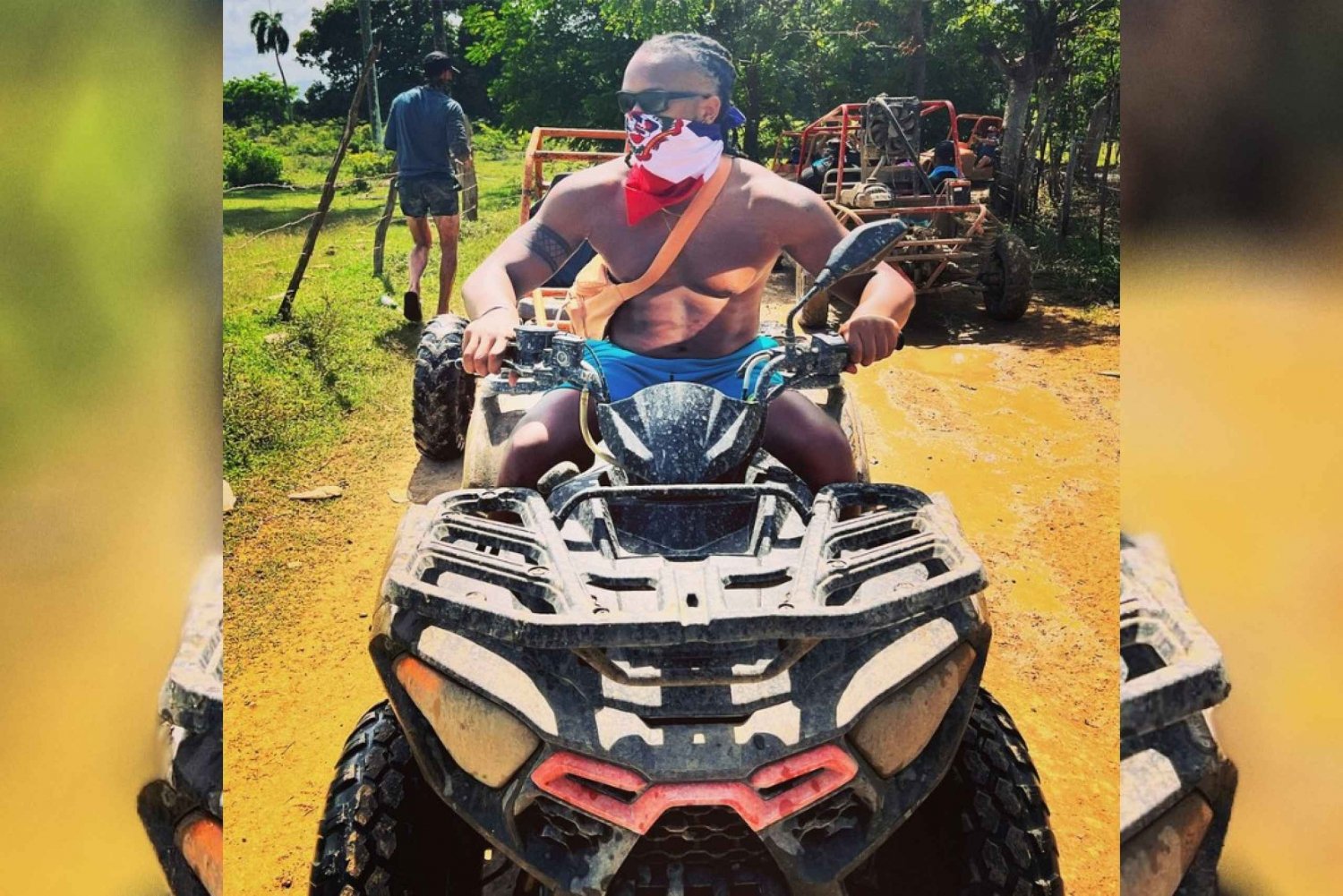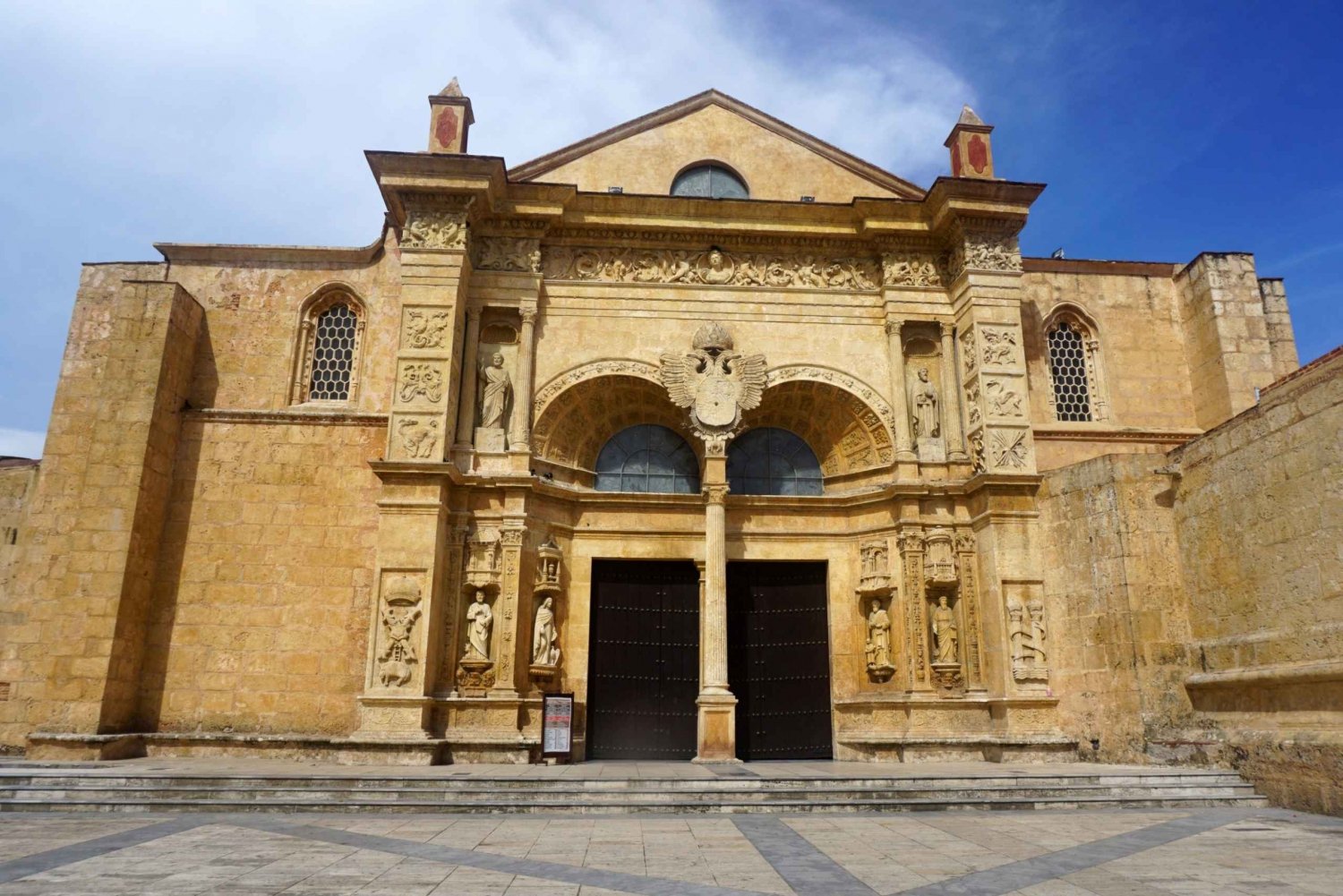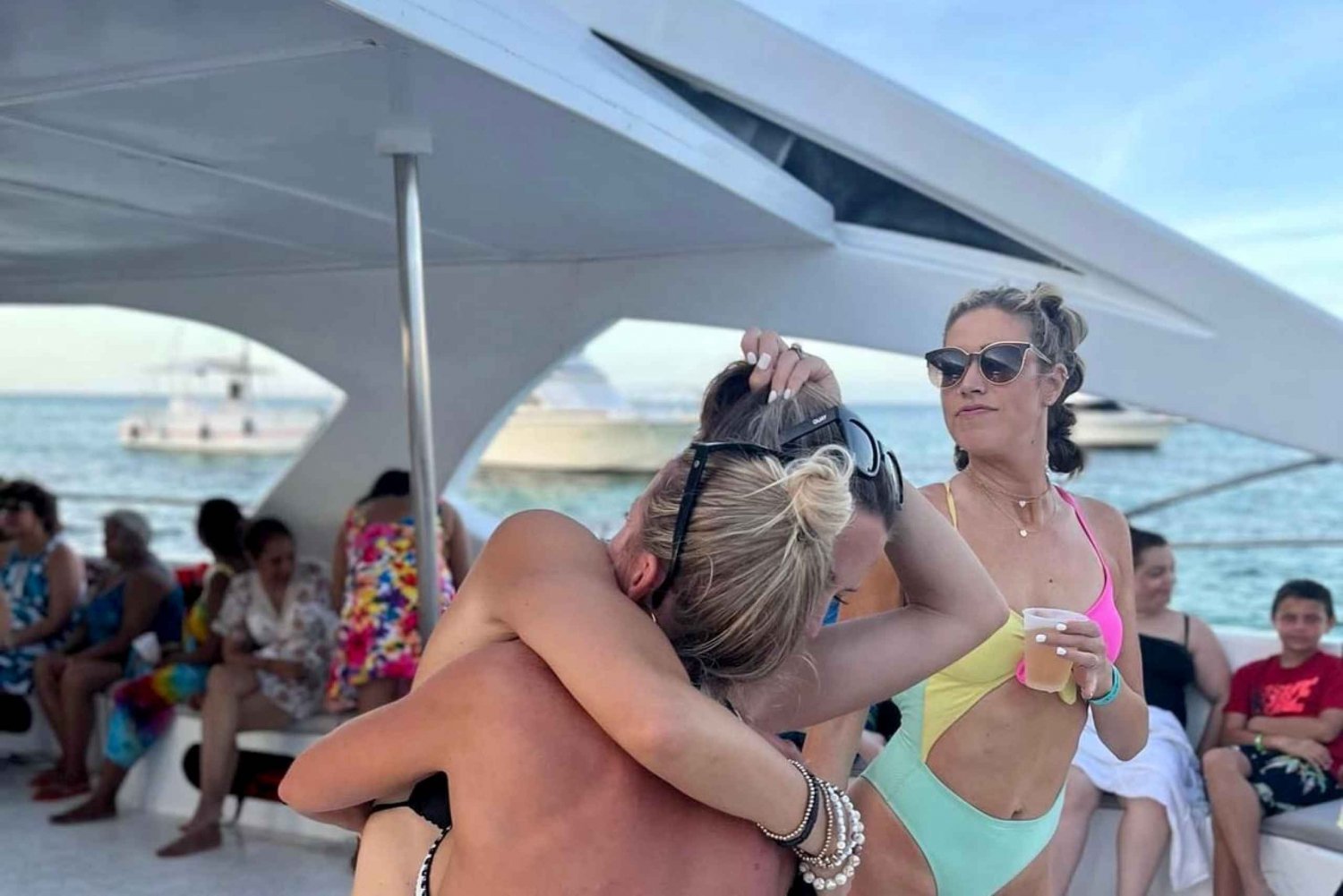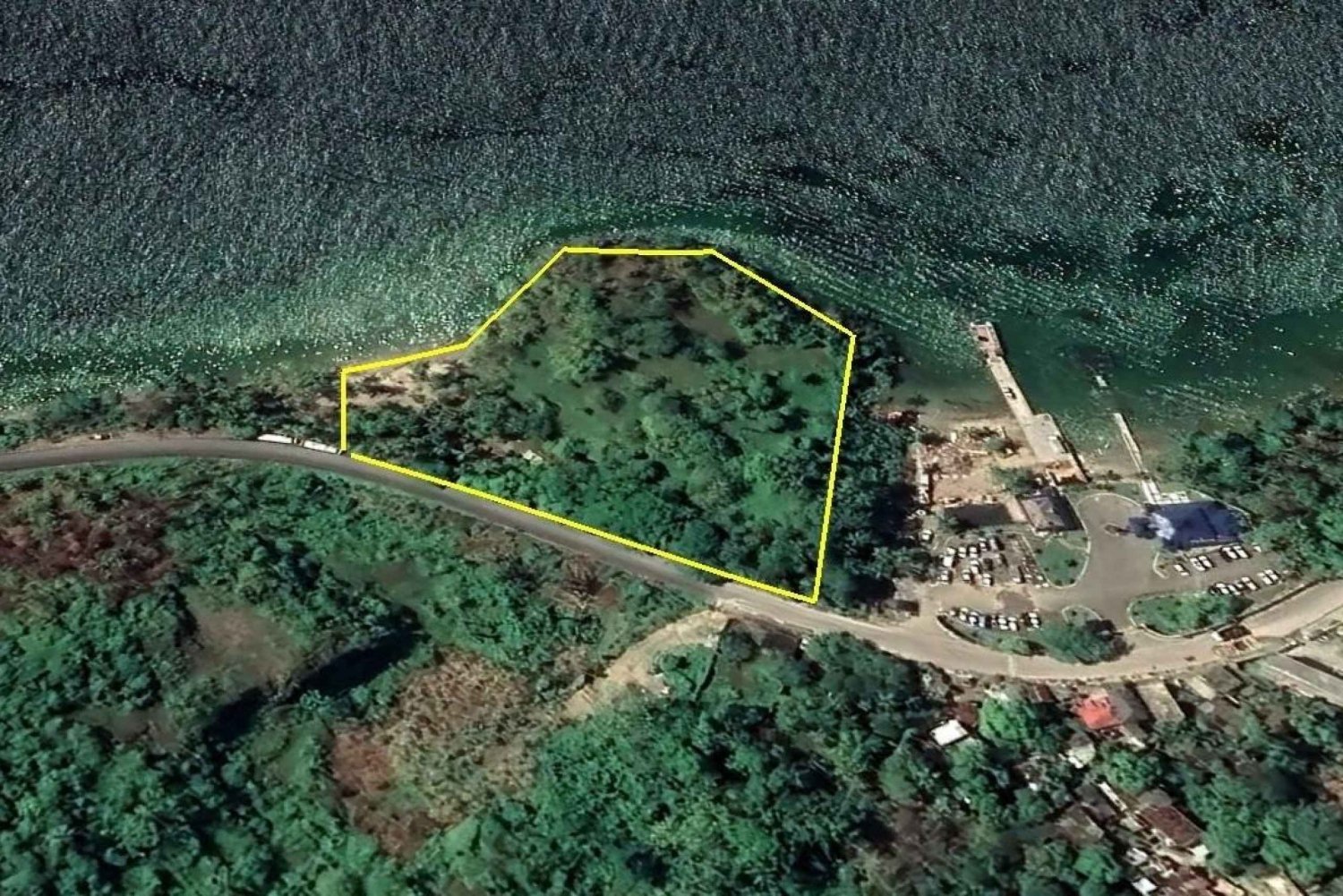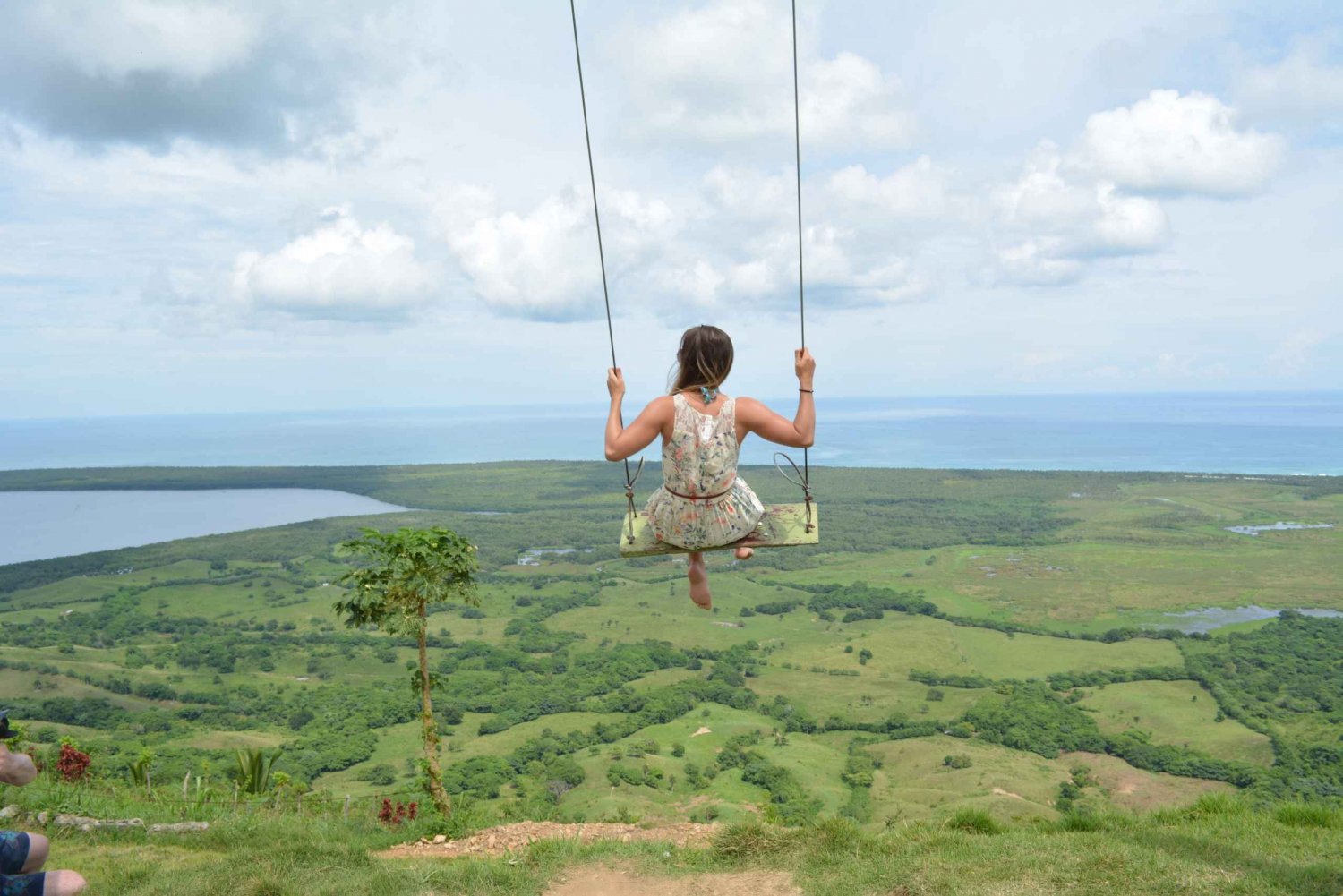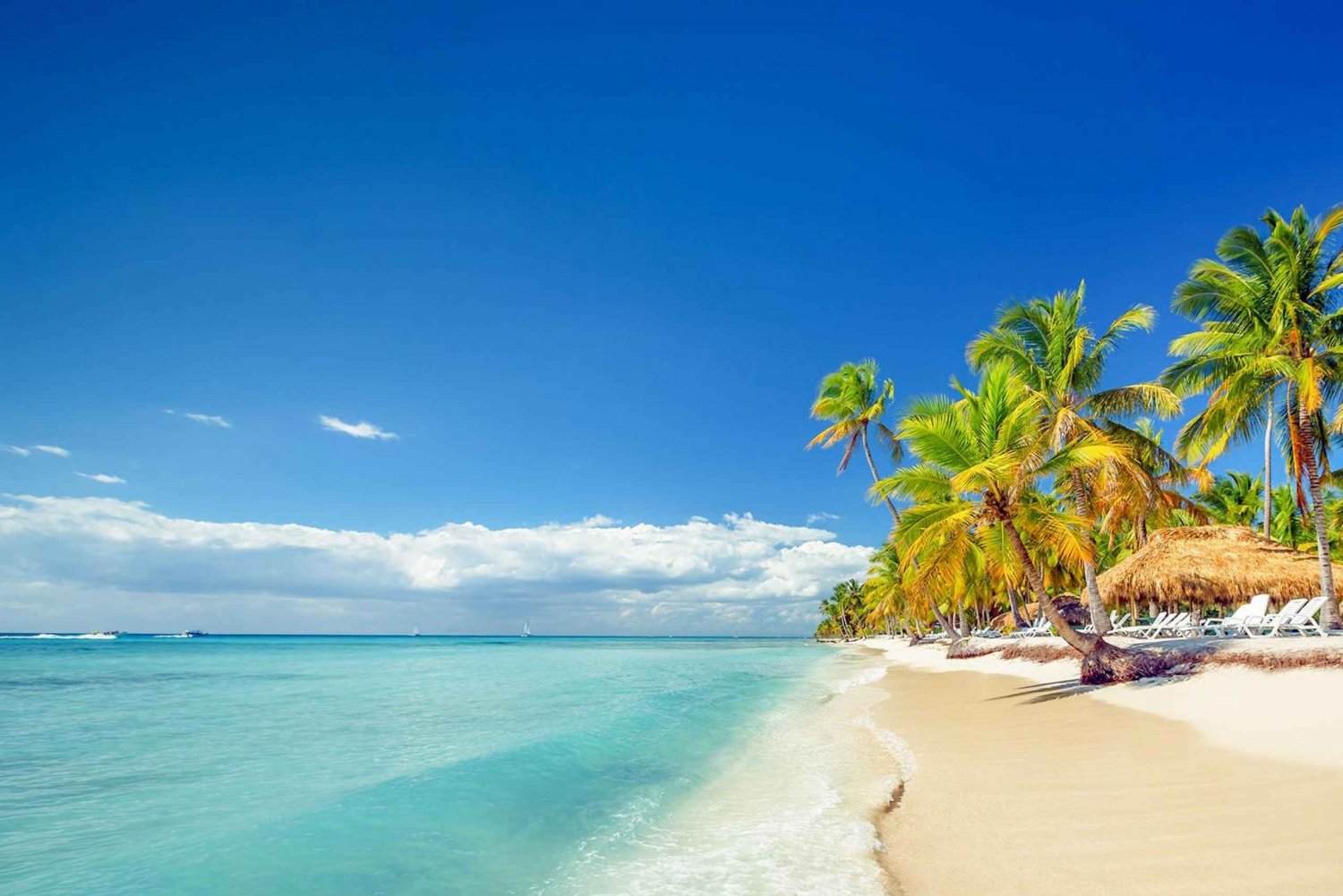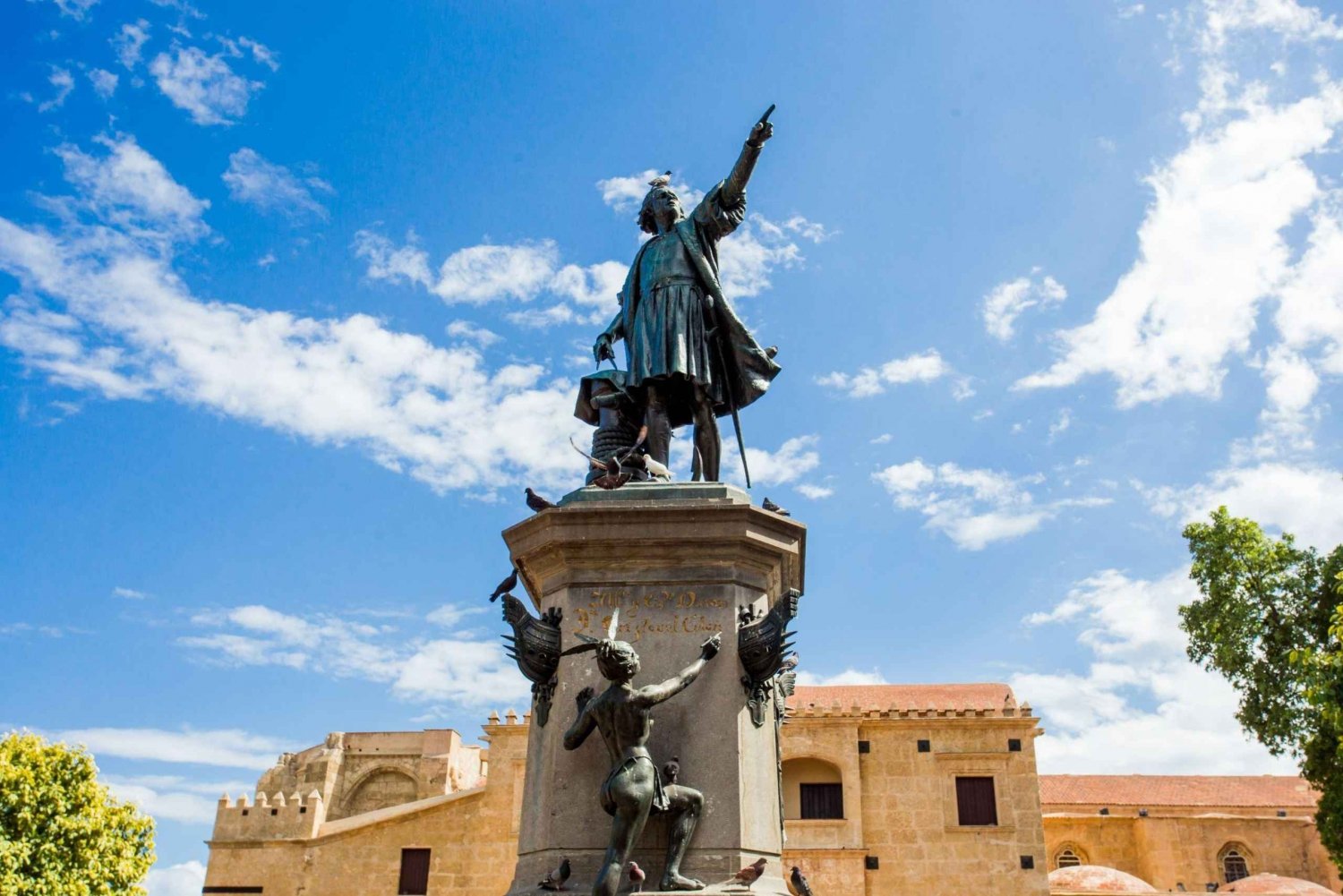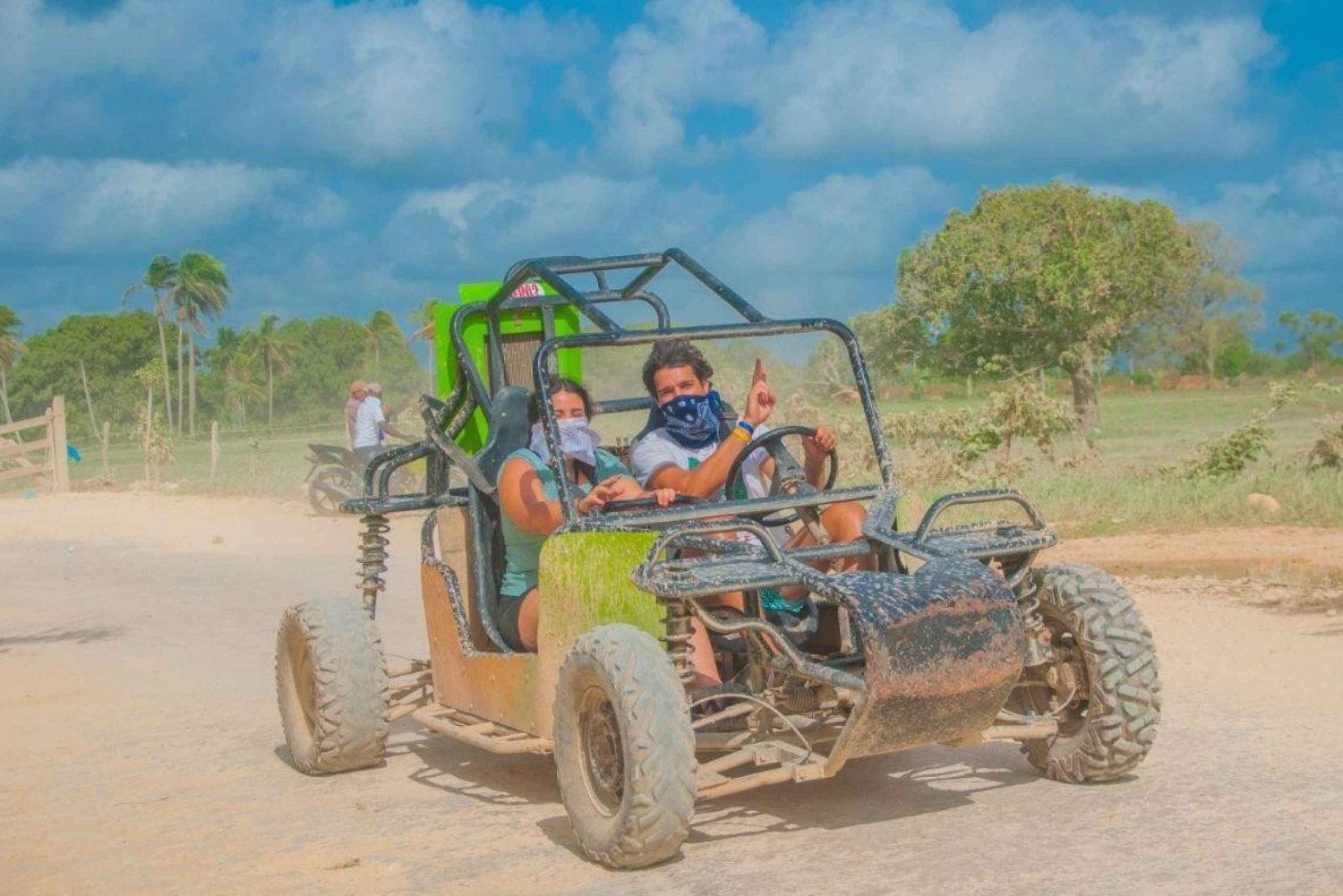Bonao
This city is located in the central part of the country, northwest of Santo Domingo. It is the capital of the province Monsignor Nouel.
Bonao is one of the oldest villages on the island, so named after the Cacique Bonao, an indigenous native who ruled this region when the settlers first arrived on the island. It is called the Villa de las Hortensias because this is where this beautiful flower is grown. Bonao's economy relies mainly on the agricultural production of rice, cocoa and coffee, and the income generated by the extraction of ferro nickel from its mines.
With its stunning mountains and lush landscape, this site has become a required place to visit by those who want to revitalize their mind and elevate their spirit. Because of its location near the Central mountain range, this hidden paradise offers a cool climate, making it one of the key attractions for nature lovers. This is an area suitable for a variety of activities such as hiking, swimming or horseback riding, but keep in mind that the rains are constant.
Main Attractions
- The Plaza de la Cultura de Bonao is where the Museo Cándido Bidó can be found, a tribute to one of the most renowned Dominican painters. Here, you can admire the artist’s paintings, which are characterized by their striking colors and reflect their Caribbean roots. The murals that enhance the cultural center's facade are also the work of this particular artist. In the Plaza de la Cultura, there is a Handicraft Workshop School, where workshops for children are held every Saturday, especially for the disabled and the shoeshine boys in and around the park. The time spent in the workshops is paid for, a way of helping the needy. Inside, you can also find craft shops, an Arts Center, and a Museum of History and Archaeology.
-
Casa - Museo de Cristian Tiburcio, a plastic artist and poet of modern painting and sculpture, who has converted all the spaces of his home into works of art - walls, stairs, windows, toilets, chairs, and beds. It is a monument to ingenuity, and is open to the public, free of charge.
-
Carnival of Bonao is the most important festival in this town, being one of the most fascinating, creative, organized and rich throughout the whole country. Its participants, more than a hundred groups, show their enthusiasm and originality. The central character of the Carnival of Bonao is the Macarao, and the traditional dress is satin, lame and sequins along with bells, ribbons and whistles; the face mask is of animal origin. It begins on the last Sunday in January and ends the on second Sunday in March, with a regional parade depicting all the carnival shows in the country.
Where to Go from Here
The Monumento Natural Salto de Jima. In 2009 it was converted into a protected area. It is an ideal place for hiking and enjoying the fresh air that you breathe in this area. Entering the intersection of La Ceiba you can reach Jima River Falls, which is popular with the locals and for which the Ministry of Environment has built a path that enables visitors to enjoy three of the twelve falls in this scientific reserve, known as Las Neblinas (The Mist). The most popular is El Salto de Jima (The Jima Falls). This monument is also part of the Mother Water System, which consists of the Juan Bautista Perez Rancier Park (which includes Valle Nuevo), Nalga de Maco, Armando Bermudez National Park and the Reserva Científica Ébano Verde. A set of protected areas in the Cordillera Central which are the origins of the streams that supply nearly 80% of the fresh water supply of the island of Santo Domingo.




